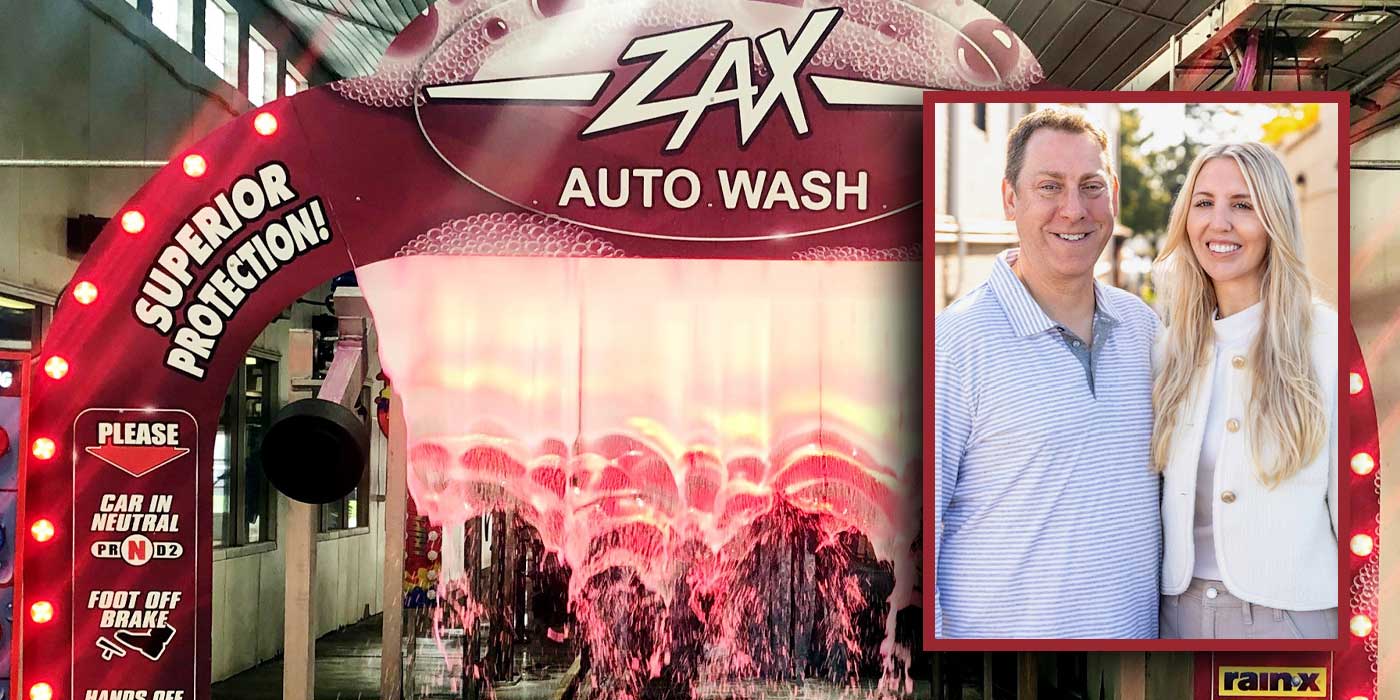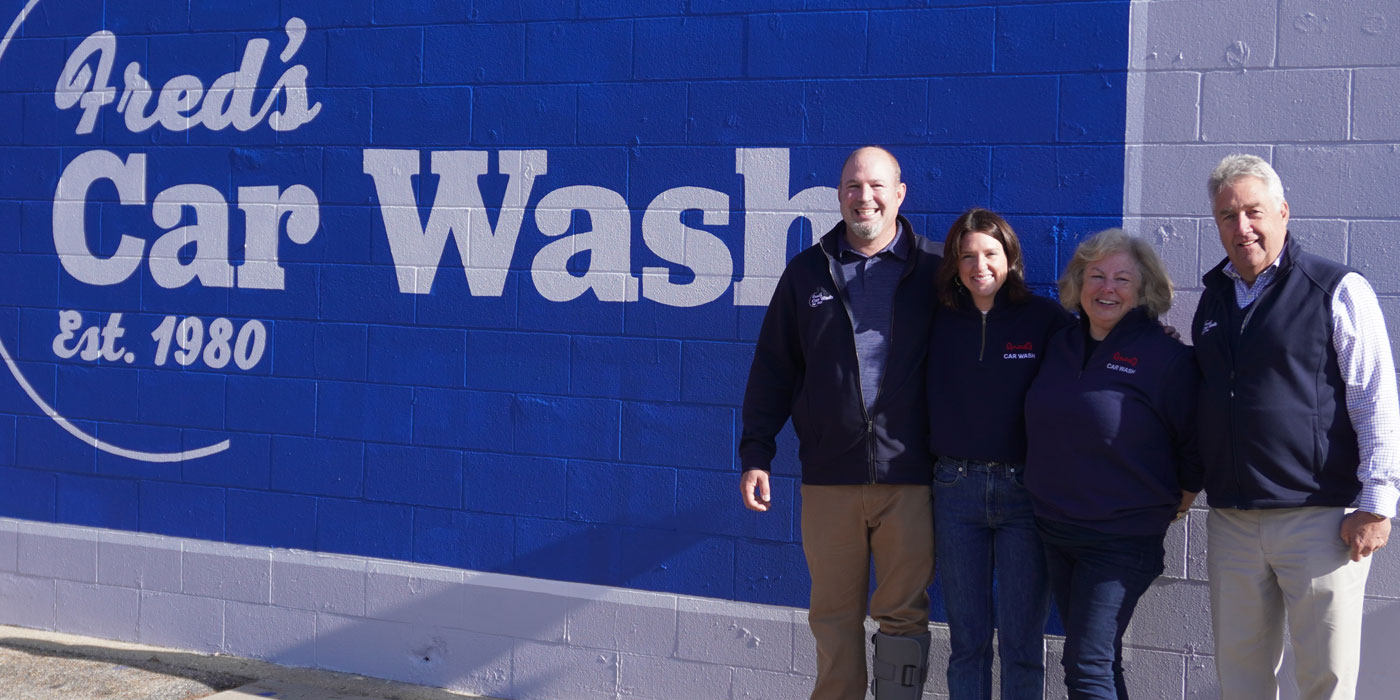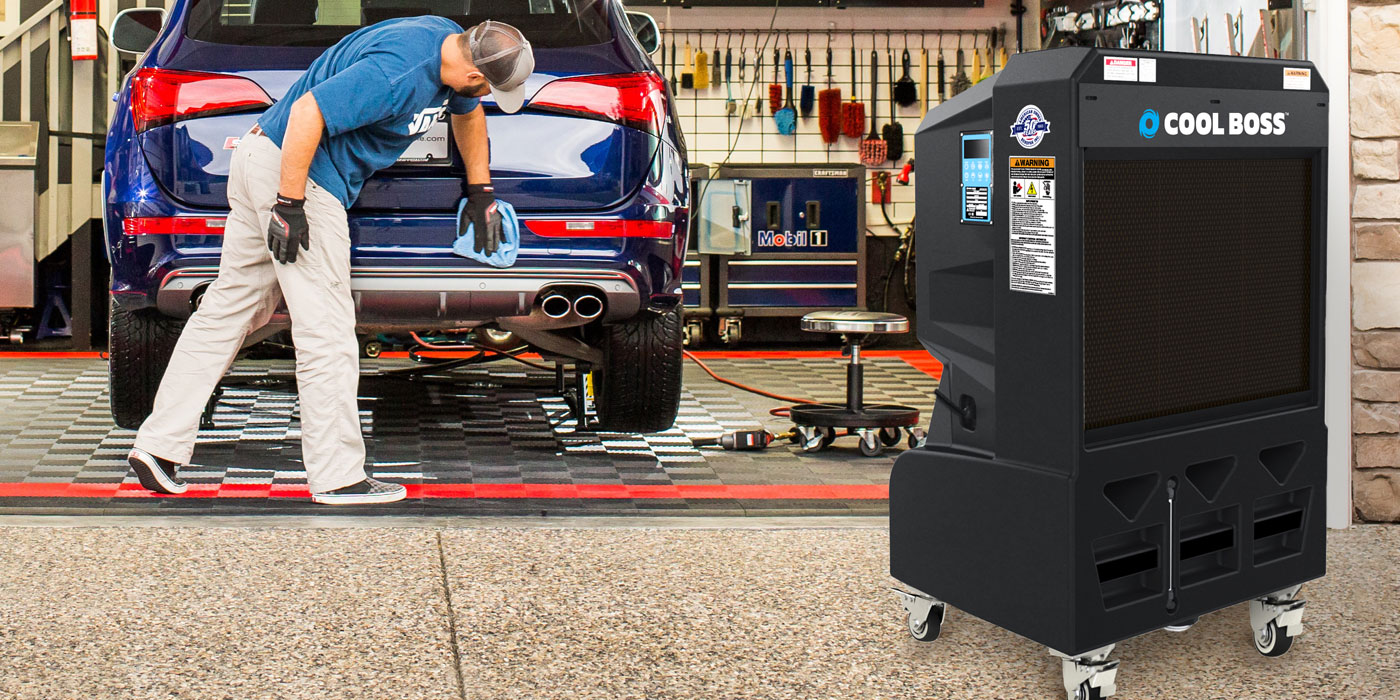Many self-serve carwash owners think that going green is just a dream. The dozing duo of repair costs and utility bills make it seem impossible for operators to wake the sleeping beauty of forward-thinking investments. What owners need now is a knight in shining armor, a gallant hero astride a steed of eco-friendly savings.
In this instance, the dreamy knight galloping forth could be a water reclaim system. A reclaim system is rare in that it helps a carwash go green while revitalizing profits and paying for itself. The systems enable a 50 percent to 75 percent reduction in water usage, and they can significantly reduce or eliminate sewer costs as well. As owners can tell you, savings like these will help any carwash’s story end with “happily ever after.”
Cutting consumption and discharge
Today, the price and availability of water has become one of the most stressing operator concerns. Conservation measures such as restricted operating hours, shut downs, drastic increases in water and sewer prices and outrageous impact fees or fines have most owners desperately looking for ways to conserve water, according to Dean Taylor with CATEC Water Recovery and Ozone Systems.
Taylor said recycling water is the most effective method to reduce water consumption, sewer discharge and high sewer impact fees in new construction. “These savings are typically substantially more than the cost of a recycling system itself, and they offer a quick return on investment and a substantial increase in profits,” he said.
In most areas, sewer fees are calculated directly from water consumption, and the fees often run 200 percent to 300 percent more than water costs, Taylor said. Thus, when water consumption is reduced up to 70 percent, high sewer costs should be reduced at the same time. Further, with a good water reclaim system, a self-serve carwash can be built that will not need to discharge anything into sewers.
Uses and installation
Reclaimed water is basically wash water that has been filtered and treated with bacteria control. This recycled water should generally be good for high-pressure applications, and this can include high-pressure soap and other functions, Taylor explained. Depending on the final rinse options, reclaim can sometimes be used as a first rinse, which is usually a high-pressure application as well.
In a self-serve wash, fresh water usage will typically be needed only for low-consumption options. These include pre-soak, tire and wheel applications and foaming brush uses, Taylor said. The water used here is minimal, and the necessary chemicals mix better with fresh water.
The difficulty of retro-fitting a system into an existing wash depends on a lot of variables. First, Taylor said process tanks will need to be placed in-ground or above-ground. Other questions to consider are:
- How far can the tanks be from the equipment?
- Is there space in the equipment room?
- Where do the trenches need to be cut for pipes?
In new construction, a reclaim system can be designed into the site plan. The tanks and system can usually be located close, and most piping is completed prior to asphalt or concrete being laid. “Once the piping and tanks are in place, it usually takes a plumber a day or two to install and have the unit operating,” Taylor said.
Dangers of ‘Midnight Dumpers’
The self-service operator takes on special risks when recycling water because there is little control over what is put into carwash drains. Self-serve carwash patrons tend to dump many different types of pollutants into trenches, according to David Roberts, president of Freytech Inc. The most common substance put in the drain is used oil from an oil change. People will change their oil in a carwash bay when they feel that no one is looking, and this oil goes into the sewer or, even worse, into the reclaim system.
Taylor said “midnight dumpers” have also been known to empty RV holding tanks, dump buckets of paint, empty carpet cleaning trucks and even clean their kill after a weekend of hunting in wash bays. This promotes a fear of water recycling amongst self-serve owners because all of these actions could be detrimental to most water reclaim systems.
There are some steps that operators can use to greatly reduce dumping and to minimize the effects, Taylor said. Posting signs and surveillance cameras, even fake ones, is usually a very effective method for reducing illegal dumping. Another way to protect the system is to divert the bay pit drains to the sewer during off hours. By opening a valve to drain to the sewer during these hours, the risk of system contamination is greatly minimized.
Still, Taylor said the best step one can take is to ensure that the reclaim system purchased can be easily recovered from contamination. “Check with the manufacturer prior to buying the reclaim equipment,” he recommended. “Ask what will be required and how much it will cost to revive the system if someone contaminates the water.”
“If the manufacturer is reluctant or hesitates to reclaim a self-service carwash, he probably has good reason, look for the flags,” Taylor continued. “There are a few systems that can and do reclaim self-service bays. It’s important to do your homework to find out what works and what doesn’t.”
Oil/water separators
With the concern of used oil being dumped into drains, it is easy to see how an effective oil/water separator could be a good addition for a self-serve carwash. Especially considering carwash owners are solely liable if they surpass legal oil discharge limits in sewers. Roberts said discharging above these limits can result in “hefty monetary fines.”
For this reason, Roberts said carwash owners should consider installing an oil/water separator whether they reclaim water or not. Lower-priced systems are available today where existing tanks can easily be retrofitted to include a separator, and this means installation can occur without breaking up concrete or securing permits.
In the U.S., the oil discharge limit is generally set at 10 parts per million (ppm), according to Roberts. A good underground or above ground oil/water separator can lower the oil content of draining water to below 5 ppm. Even without midnight dumping, there will always be some oil and grease in carwash runoff, and it’s very important to get the oil out — especially if a wash is using a reclaim system.
“From an environmental standpoint, it’s of course important, but also for the quality of the wash, using recycled water,” Roberts said. “It’s very important to get the oil out because even trace amounts of oil can have a negative impact on the way the chemistry works for the soap, shampoos and drying agents.”
Roberts explained that the oil/water separators basically work because oil is lighter than water. The separators uses a coalescing media to combine the tiny oil droplets present in water, and, as they coagulate, the oil immediately rises to the top. Here, the oil can be removed from the tank by an automatic oil draw-off device (ADD). The oil removed is 99.7 percent pure, free of water, and it can be recycled or used in oil heaters.
What’s that smell?
The foul odor that is often associated with reclaimed water can be one of the fastest ways to lose customers. “Be sure the system addresses complete odor control. Get an odor control guarantee in writing from the manufacturer,” Taylor said. “Beware if they cannot or will not offer an odor control guarantee with the equipment.”
Oil/water separators can also help with the pit odor associated with reclaim water systems, mainly because oil is one of the main culprits when it comes to odor. “Oil attracts germ growth, and once the germs start to replicate with the oil, it’s really exponential growth,” Roberts said. “You need de-germing technology.”
Taylor said early reclaim systems did not address all the issues required for proper water reclaim. In the early stages, the manufacturers were still experimenting with equipment and technologies to combat the foul water odor and provide a reasonable water quality for reuse. “Reclaim system technologies have come a long way over the last 10 to 15 years. Systems today are much more automated, [they need] much less maintenance and most properly address odor issues.”













